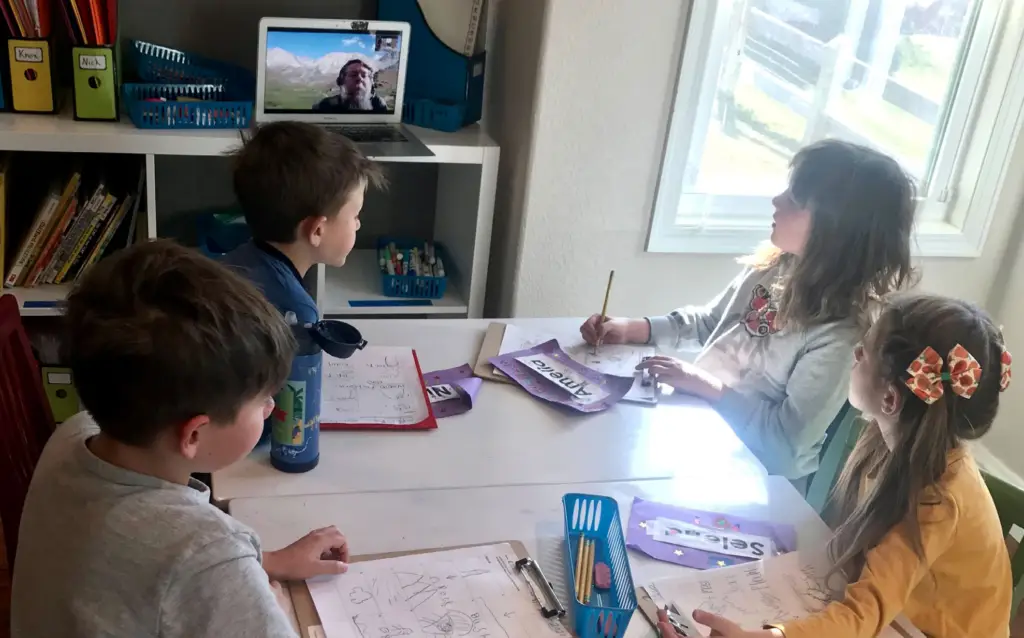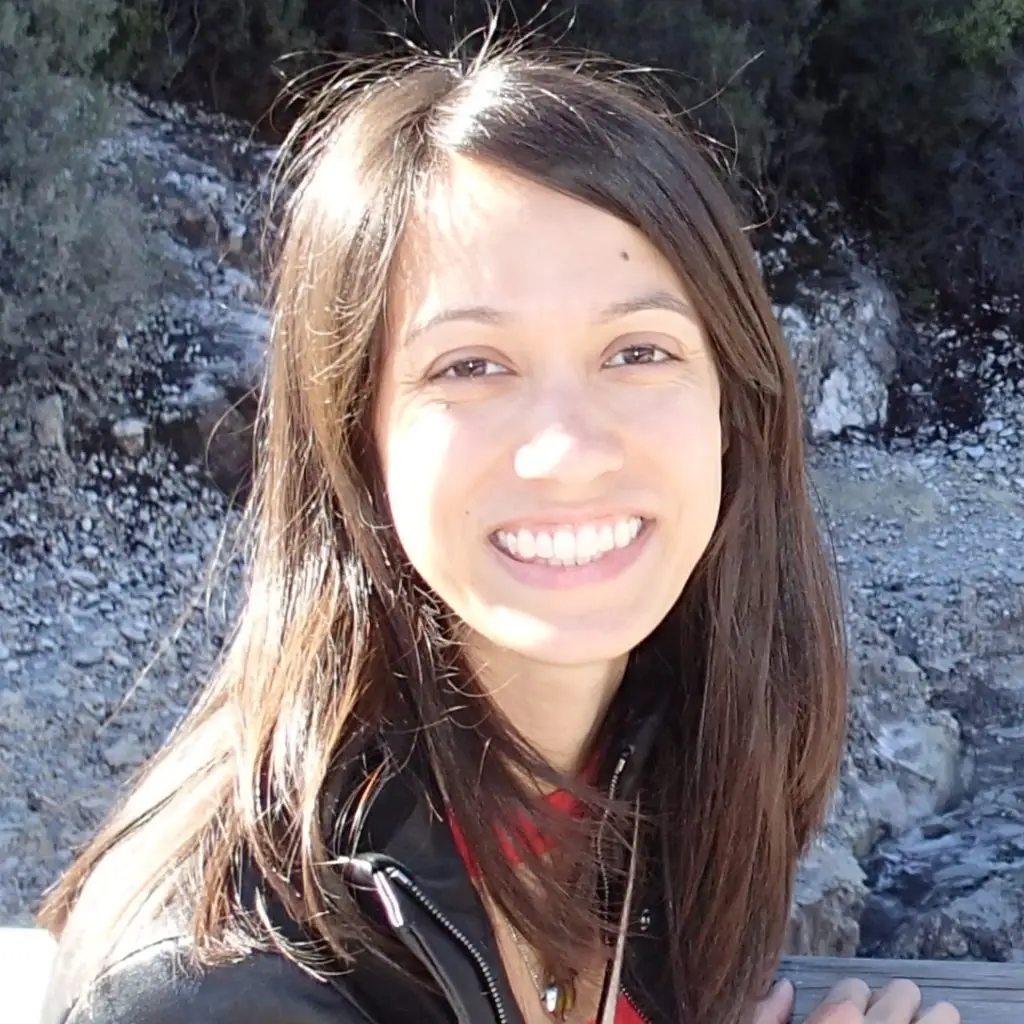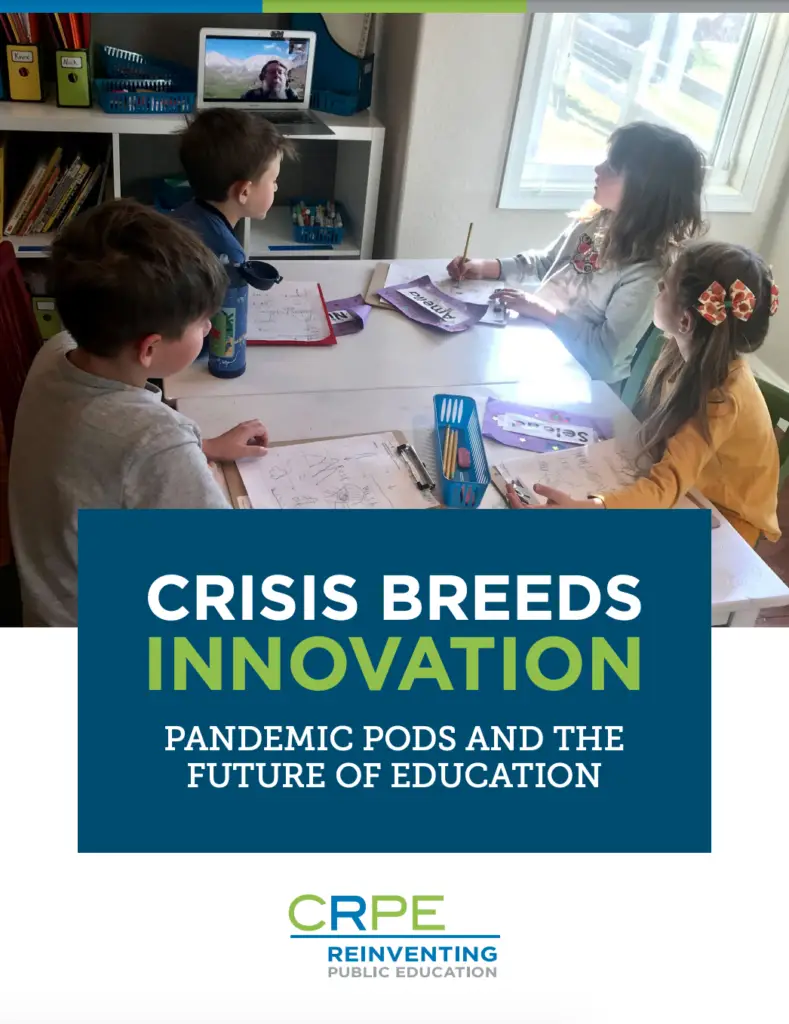In partnership with our funders, the Center on Reinventing Public Education launched a national initiative that brought together researchers from around the country to track and analyze the pandemic pod movement. Our goal was simple: to learn from the families, educators, and community-based organizations who stepped in during the crisis to solve urgent challenges and, along the way, invented educational solutions that could outlast the pandemic.
This report is one part of that larger effort. It offers the first in-depth look at families’ and educators’ experiences with pandemic pods, drawing upon a national survey of 152 parents and 101 instructors who participated in a pod during the pandemic, and follow-up interviews with 62 survey respondents.
Key Findings
Families and students
- Over two-thirds of pod families cited at least one tangible benefit for their child.
- Families valued pods’ student-centered learning environments.
- Families participating in pods that primarily relied on remote instruction were less satisfied with their experience.
- Pods could help families gain information and influence over their child’s learning.
- Pods brought families closer together—often for better, sometimes for worse.
- Families tended to pod with “like-minded” people, but some sought to increase diversity and inclusion.
Educators
- Instructors turned to pods to weather a crisis, but many also perceived a career opportunity.
- Instructors drew on diverse backgrounds and skill sets.
- Instructors gained freedom in their teaching and opportunity to build close, personal relationships with students.
- Compared to school settings, pod instructors were challenged by fewer opportunities for collaboration and support.
Recommendations
State and local policymakers can strengthen supports for families and educators who opt out of the traditional system by:
- Offering targeted resources to low-income families.
- Allowing out-of-system families to tap resources inside schools.
- Addressing regulatory gray areas.
Funders can help seed innovation and infrastructure supports that help families and educators thrive inside and outside the system. They should consider:
- Investing in new, creative models for learning both inside and outside school systems.
- Seeding infrastructure supports that address barriers facing families and educators operating outside the system.
- Scaling research investments so that the field can learn from success and failures.
Pods in Profile
Our survey sample included 152 families and 101 instructors from 33 states who participated in pods during the 2020–21 school year.






